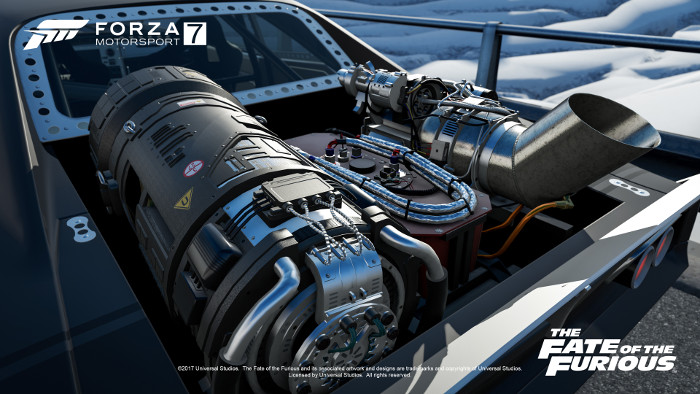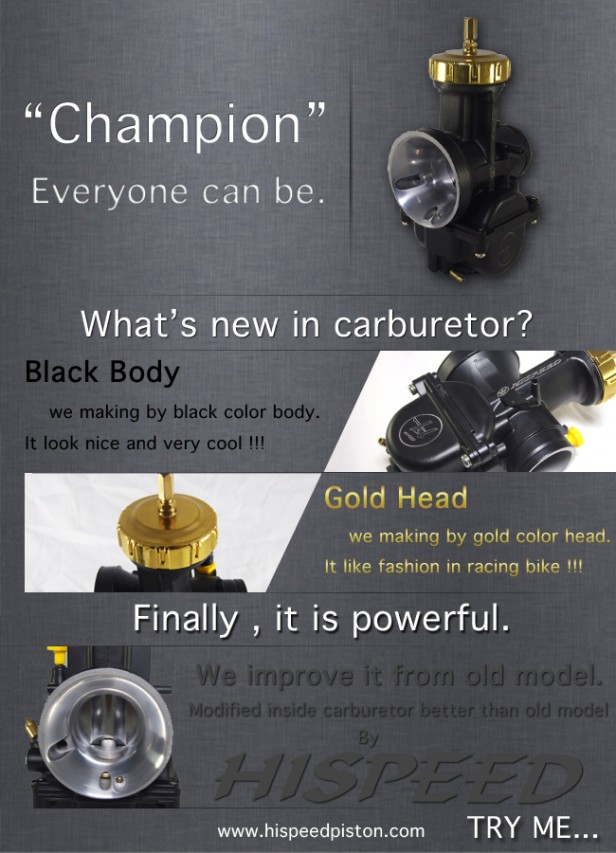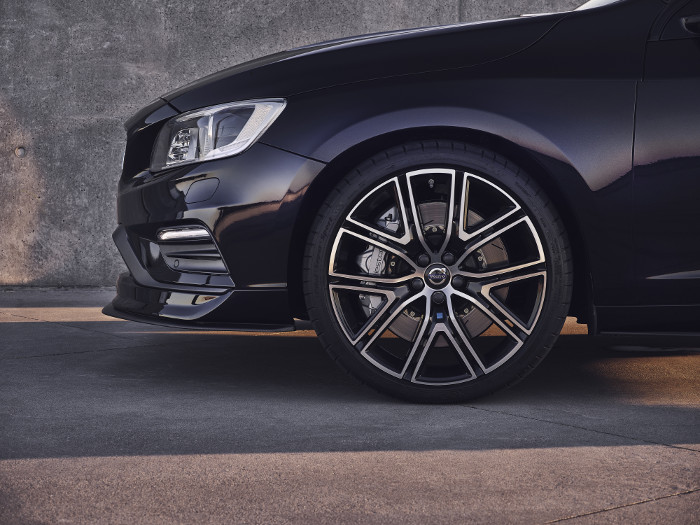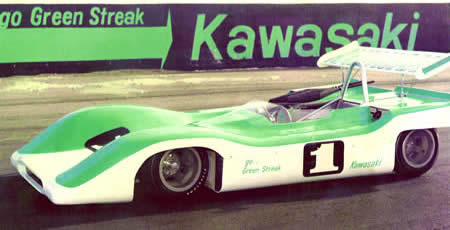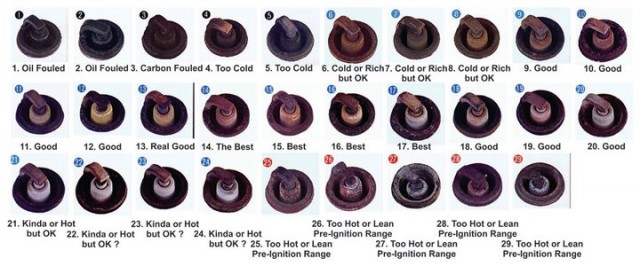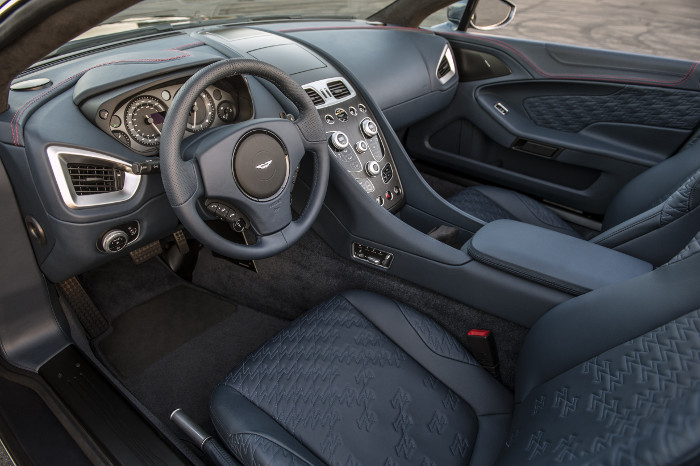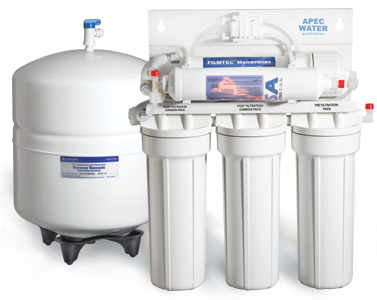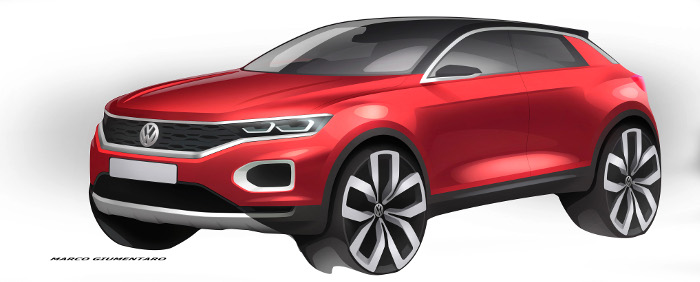
Priced from USD388 – USD800 depends on model, I think this is the ultimate controller that you can get for your game console. The official statement from Playseat are as below:
The Playseats racing simulation cockpit lets you THRILL to the same experience that real-life racing drivers feel behind the wheel.
Discover why professional videogamers know there’s nothing like the feeling you get when you bolt a feedback wheel to your game seat. Experience the rock solid feeling of steering, accelerating and braking without the hassle of a slippery pedal or the disappointment of a cheap trembling wheel attached to your desk. (more…)





